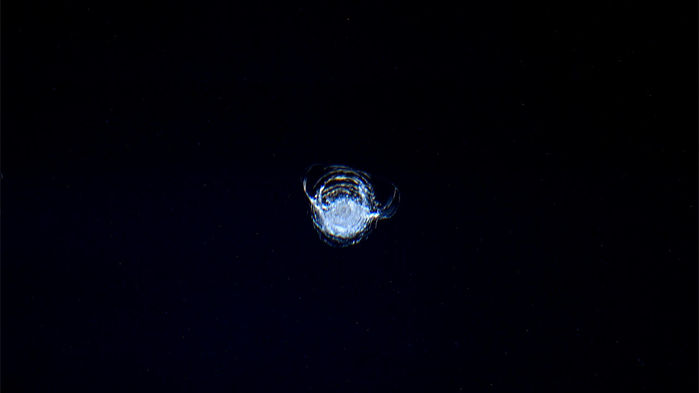NASA sensor to study space junk too small to be seen from Earth

The film Gravity dramatized the risks of space junk. But although flyaway wrenches and broken-off rocket parts may pose the deadliest threat to spacecraft, most orbital debris is actually much smaller—think flecks of paint and the splinters of shattered satellites. Now, NASA hopes to learn more about the dust-size microdebris orbiting Earth with the Space Debris Sensor (SDS), set to be attached to the International Space Station (ISS) following a 4 December cargo launch by SpaceX.
Using ground-based radars, the U.S. Air Force keeps track of about 23,000 objects larger than a baseball, so satellite operators can avoid collisions by maneuvering out of the way. But much less is known about smaller debris, says Brian Weeden, director of program planning for Secure World Foundation, a nonprofit focused on space sustainability, in Washington, D.C. The SDS will study objects smaller than a millimeter—and at high speeds they can still cause real damage, Weeden says. “If a satellite is in orbit for 10 or 15 years, those little abrasions can have an impact by degrading sensors or degrading materials on the satellite,” he says.
NASA previously studied microdebris by inspecting the windows and radiators of space shuttles, which returned to Earth pockmarked with tiny impacts. “A detailed ground inspection could estimate what sizes the objects were that impacted it, but there’s limited information you can get out of that,” says Joseph Hamilton, an orbital debris scientist and SDS principal investigator at Johnson Space Center in Houston, Texas.
After it’s mounted to the ISS, the new sensor will offer a better handle on the true microdebris population. The 1-square-meter detector on the SDS contains layers of thin sensors embedded within a mesh of fine wires. When debris strikes the surface of the SDS, it will break a number of these wires, which correlate to the particle’s size. Damage to layers beneath gives a sense of particle speeds and trajectories. The back plate will measure the intensity of the impact, helping scientists estimate the object’s density.
With these data, scientists can determine the particles’ orbits, which provide clues to their origins. An elliptical orbit, for instance, suggests that a particle is a natural micrometeoroid, whereas a circular orbit implies that it probably sloughed off a satellite. And by getting a more accurate estimate of the microdebris population, scientists can extrapolate and better predict the populations of objects larger than 1 millimeter, but smaller than 10 centimeters. These objects can cause more significant damage to spacecraft, but are still too small to be tracked by radar, Hamilton says.
The SDS, which will orbit at the ISS’s altitude of about 400 kilometers, is considered a technology demonstration. If successful, future missions could study microdebris at altitudes in the 700- 1000–kilometer range, a more congested area of space where even less is known. The findings could help satellite designers develop better shielding, whereas improved models of the microdebris population could help them find an orbit where space dust is less of a problem.
Some companies have sensed opportunities in studying space junk. Astroscale, a private satellite services company based in Singapore, developed a 22-kilogram microsatellite called IDEA OSG 1 that was to study debris at these higher altitudes between 600 and 800 kilometers. On 28 November, it was one of many satellites launched on a Russian Soyuz rocket that failed to reach its target orbit, and is presumed to be lost. Before the launch, Astroscale Chief Operating Officer Chris Blackerby, based in Tokyo, said the company was seeking opportunities to share the data collected by the satellite through agreements with government agencies or private organizations. Astroscale did not respond to requests for comment about the Russian rocket failure.